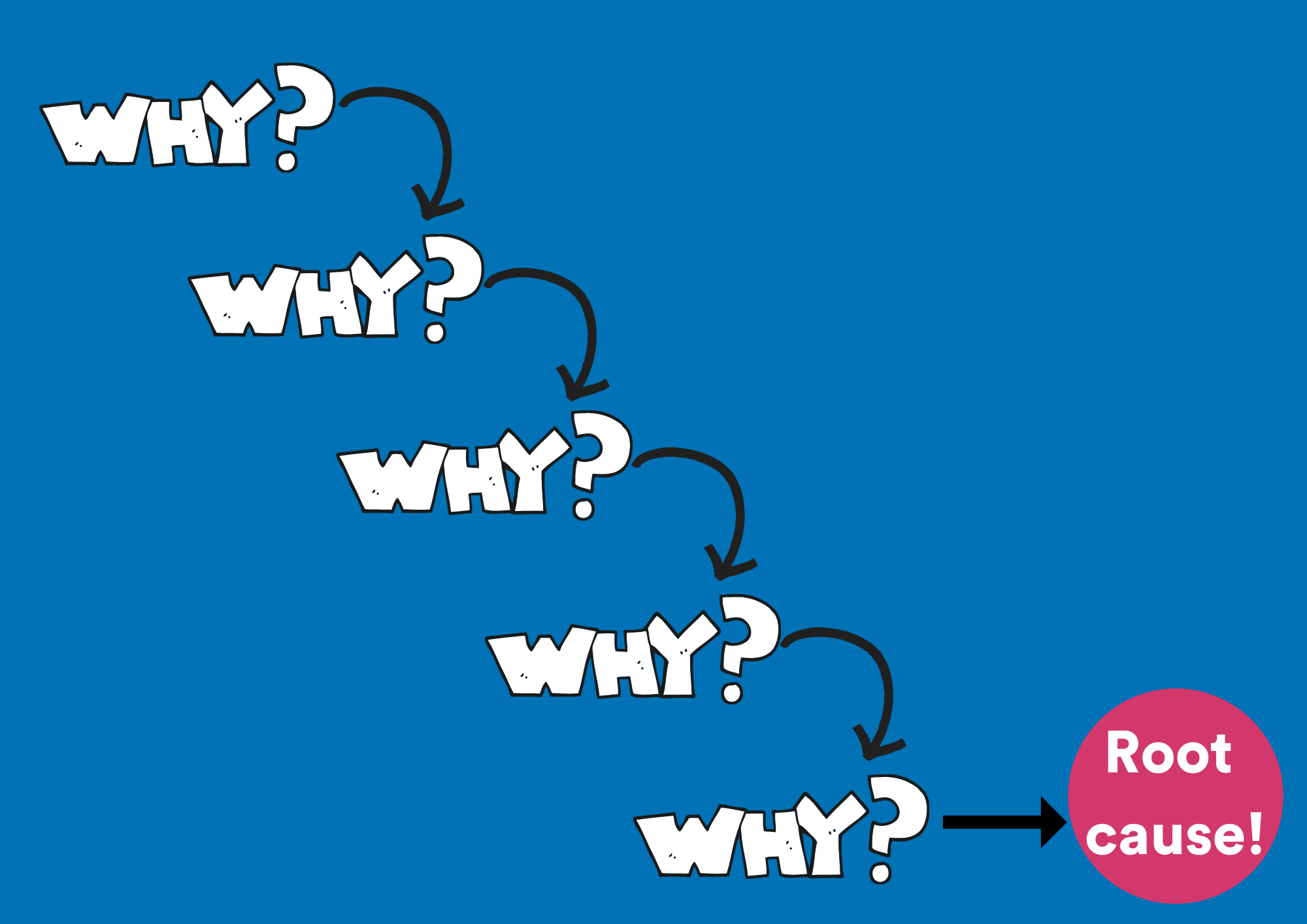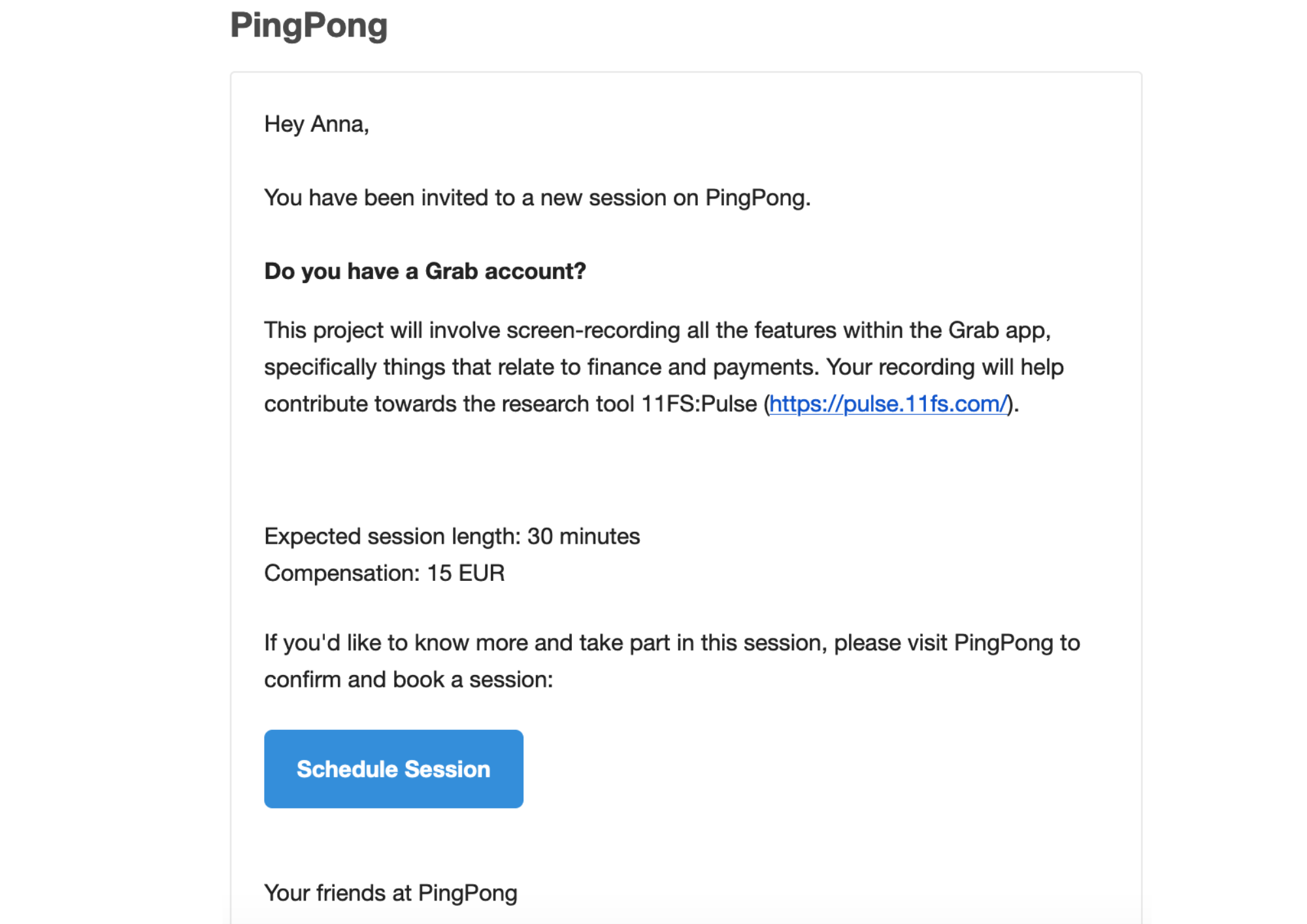How to talk to and understand your users
I used to be a tech and management consultant before transitioning to product management.
As a consultant, I learned fast that every project is only as successful as your collaboration with your client. My most successful consulting projects were those where I've built rapport with my clients and stood close to them from the first project's kick-off meeting up to the final user acceptance test and project go-live.
This skill of talking to and understanding users is the one that helped me first survive and then thrive as I moved along the product manager's career.
In product management, similar to the consulting industry, we - Product Managers, always have to stay close to our users.
Doing so helps us to look for different customer insights depending on the stage of the product development:
Problem discovery & validation
First and well before we start thinking about possible solutions, we'd like to discover and validate what a customer problem is.
The main questions to answer at this stage are:
✅ Is there a problem? If yes, what is the problem?
✅ Who are the customers, and what beliefs do users hold as they relate to the problem?
Solution design & validation
We seek the customer's feedback at this stage to understand if we are building the solution the right way (i.e., it is desirable by customers, technologically feasible, and business viable) and if we need to make solution adjustments.
Post-launch
At the product launch stage, we want to understand if there is a product-market fit, so you can repeatedly and profitably acquire passionate and loyal customers that are your product advocates and can not live without it.
In the product growth stage, we talk to users to evaluate changes in their behaviors and needs and access what improvements or innovations we can introduce to the product.
So how can you make the most out of your conversations with users?
Here are my ten tips for you:
The goal is the central question that has to be answered by the research findings to test your hypothesis.
The research goal needs to be specific enough, so you'll know when you've reached an answer and actionable in that you could act on your findings once you've completed the research.
When formulating a goal, always start with a verb such as "understand," "learn," "find," "identify," etc.
Limit the number of goals you define per project to one or two as a maximum. It will help you with a clear understanding of a particular aspect of user behavior.
Share your research goals with product stakeholders and get early alignment and buy-in from their side.
⚡️ Start your user research with a clear goal in mind.
A discussion guide is a set of questions and topics you would like to discuss with users.
The guide is a key part of conducting compelling user interviews since otherwise, they often turn into conversations that wander and rarely extract the learning.
Typically, it consists of an introduction, warm-up questions, questions about problems or solutions you want to discover or validate, and a debrief.
Don't forget to include angled questions to get an in-depth, 360 degrees view of a problem or solution you are talking about.
Last but not least, bear in mind that the discussion guide is just a guide. You don't have to follow it precisely. So feel free to deviate from the guide if you hear something that surprises or puzzles you about a topic of your conversation.
⚡️ Put together a discussion guide before meeting your target users.
I know that it might sound obvious but still, let me remind you that you should: greet participants by their name, smile, and be friendly!
Introduce yourself and let the participant know what to expect during the interview.
Let them know that this is not a test and that there are no wrong answers.
Give them a chance to ask questions. If you need to record the conversation for future reference, get a consent form from the participants before the interview.
Start by asking users a few warm-up questions about themselves and what they do. It will help them get used to answering questions, making them more relaxed and open to your further questions. In addition, these answers may help provide context for any later responses they give. So listen carefully.
⚡️ Set expectations from the conversation and build rapport.
Start your conversation with straightforward questions to let their guard down and be more comfortable with in-depth questions.
Use the "Five Why's" technique to get more details about a topic and motivate a person to share more information.
Even when you think you know the answer, ask people why they do or say things. The answers will sometimes surprise you.
⚡️ Start with broad questions and then get to the specifics.
Picture 1: "Five Why's" technique
These are the questions that require a simple yes or no answer.
Remember that your goal is to encourage a discussion built on users' stories, thoughts, and feelings.
⚡️ Don't ask binary or leading questions.
For example, a question like "What do you think about purchasing groceries online" is better than "Don't you think online shopping is great?" because the first question doesn't imply that there is a right answer.
⚡️ Ask questions neutrally.
Please don't be afraid of the awkward silence. You may feel the urge to ask another question when there is a pause or to start a small talk. Instead, take a deep breath and wait for your interviewee to continue.
If you allow for silence, a person can reflect on what they've just said and may reveal something deeper.
⚡️ Shut up and listen.
Sometimes what people say and what they do or think are different. These inconsistencies often hide interesting insights.
Pay attention to nonverbal cues - such as body language and emotions - that can signal you about these inconsistencies.
⚡️ Look for inconsistencies.
For example, invite a UX designer or user researcher (if you have access to the user research team) or other product team members.
If you can't bring someone to the interview, ask your participant if you can record a session to refer to it and adjust your notes after the interview.
⚡️ Bring your colleagues along and take notes.
Get together with your interview partner for 15 - 30 minutes just after the interview. Recap what you learned and discuss if there is anything that needs to be changed in the discussion guide. Make sure that you capture the following:
main themes or leanings that stood out from the interview;
things that mattered the most for the user;
things the participant said that surprised you.
⚡️ Do a debrief.
And finally.
How can you practice and get better at talking to and understanding your customers?
✅ Get practice through the dedicated user research platforms.
These platforms help companies meet with a large pool of target users to validate their problem or solution hypothesis.
Here is a list of some of the platforms you can explore:
https://www.hellopingpong.com/
You can register at one of the platforms as a research participant and get invited to participate in the research project if you are selected as a target user.
Picture 2: Invitation sample from one of the user research platforms
I like to use this method myself from time to time, even after years of practicing talking to users.
The participation helps me be familiar with the latest techniques that different tech companies rely on to collect users' feedback and insights.
You will be surprised how much you can learn from participating in the projects - just try and see it yourself.
✅ Participate in educational programs such as the Product incubation program.
It is the program that I founded to help aspiring product managers as you get ahead with product management skills and experience.
In the program, you will go through a step-by-step process of building your first product without overwhelm and guessing what to do at each step of product development.
You'll collaborate with real users of your product to get their insights about the problem you explore and then get their feedback on the solution you are creating.
All this with the support of your peers in a cozy group space and me as your mentor.
Check out the program and sign up here.


